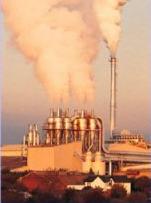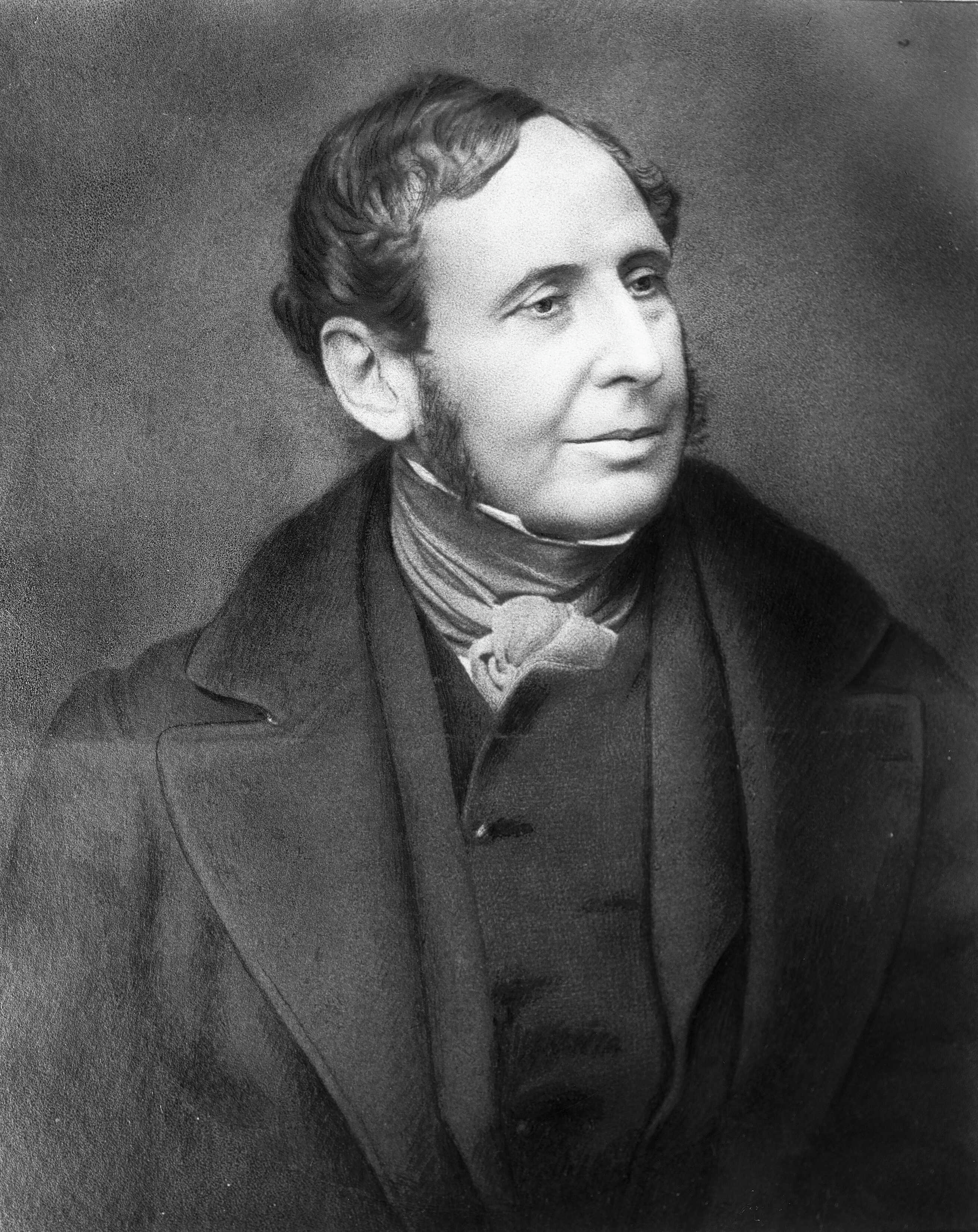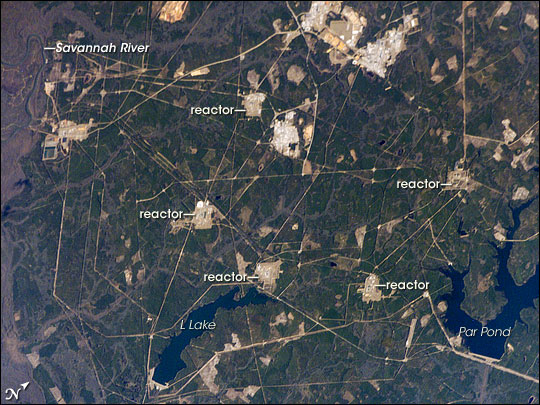|
List Of Atmospheric Dispersion Models
Atmospheric dispersion models are computer programs that use mathematical algorithms to simulate how pollutants in the ambient atmosphere disperse and, in some cases, how they react in the atmosphere. US Environmental Protection Agency models Many of the dispersion models developed by or accepted for use by the U.S. Environmental Protection Agency (U.S. EPA) are accepted for use in many other countries as well. Those EPA models are grouped below into four categories. Preferred and recommended models * AERMOD – An atmospheric dispersion model based on atmospheric boundary layer turbulence structure and scaling concepts, including treatment of multiple ground-level and elevated point, area and volume sources. It handles flat or complex, rural or urban terrain and includes algorithms for building effects and plume penetration of inversions aloft. It uses Gaussian dispersion for stable atmospheric conditions (i.e., low turbulence) and non-Gaussian dispersion for unstable condit ... [...More Info...] [...Related Items...] OR: [Wikipedia] [Google] [Baidu] |
Atmospheric Dispersion Modeling
Atmospheric dispersion modeling is the mathematical simulation of how air pollutants disperse in the ambient atmosphere. It is performed with computer programs that include algorithms to solve the mathematical equations that govern the pollutant dispersion. The dispersion models are used to estimate the downwind ambient concentration of air pollutants or toxins emitted from sources such as industrial plants, vehicular traffic or accidental chemical releases. They can also be used to predict future concentrations under specific scenarios (i.e. changes in emission sources). Therefore, they are the dominant type of model used in air quality policy making. They are most useful for pollutants that are dispersed over large distances and that may react in the atmosphere. For pollutants that have a very high spatio-temporal variability (i.e. have very steep distance to source decay such as black carbon) and for epidemiological studies statistical land-use regression models are also used. ... [...More Info...] [...Related Items...] OR: [Wikipedia] [Google] [Baidu] |
Photochemistry
Photochemistry is the branch of chemistry concerned with the chemical effects of light. Generally, this term is used to describe a chemical reaction caused by absorption of ultraviolet (wavelength from 100 to 400 nm), visible light (400–750 nm) or infrared radiation (750–2500 nm). In nature, photochemistry is of immense importance as it is the basis of photosynthesis, vision, and the formation of vitamin D with sunlight. Photochemical reactions proceed differently than temperature-driven reactions. Photochemical paths access high energy intermediates that cannot be generated thermally, thereby overcoming large activation barriers in a short period of time, and allowing reactions otherwise inaccessible by thermal processes. Photochemistry can also be destructive, as illustrated by the photodegradation of plastics. Concept Grotthuss–Draper law and Stark-Einstein law Photoexcitation is the first step in a photochemical process where the reactant is elevated ... [...More Info...] [...Related Items...] OR: [Wikipedia] [Google] [Baidu] |
Dstl
The Defence Science and Technology Laboratory (Dstl) is an executive agency of the Ministry of Defence of the United Kingdom. Its stated purpose is "to maximise the impact of science and technology for the defence and security of the UK". The agency is headed by Paul Hollinshead as its Chief Executive, with the board being chaired by Adrian Belton. Ministerial responsibility lies with the Minister for Defence Procurement. History Dstl was formed from the July 2001 split of the Defence Evaluation and Research Agency (DERA). Dstl was established to carry out and retain the science and technology work that is best done within government, while work that could be done by industry (forming the majority of DERA's activities) was transferred to Qinetiq, a government-owned company that was later floated on the stock exchange. Dstl absorbed the Home Office's Centre for Applied Science and Technology (CAST) in April 2018, taking on CAST's role to apply science and technology to support ... [...More Info...] [...Related Items...] OR: [Wikipedia] [Google] [Baidu] |
Radioactive
Radioactive decay (also known as nuclear decay, radioactivity, radioactive disintegration, or nuclear disintegration) is the process by which an unstable atomic nucleus loses energy by radiation. A material containing unstable nuclei is considered radioactive. Three of the most common types of decay are alpha decay ( ), beta decay ( ), and gamma decay ( ), all of which involve emitting one or more particles. The weak force is the mechanism that is responsible for beta decay, while the other two are governed by the electromagnetism and nuclear force. A fourth type of common decay is electron capture, in which an unstable nucleus captures an inner electron from one of the electron shells. The loss of that electron from the shell results in a cascade of electrons dropping down to that lower shell resulting in emission of discrete X-rays from the transitions. A common example is iodine-125 commonly used in medical settings. Radioactive decay is a stochastic (i.e. random) process ... [...More Info...] [...Related Items...] OR: [Wikipedia] [Google] [Baidu] |
Met Office
The Meteorological Office, abbreviated as the Met Office, is the United Kingdom's national weather service. It is an executive agency and trading fund of the Department for Business, Energy and Industrial Strategy and is led by CEO Penelope Endersby, who took on the role as Chief Executive in December 2018 and is the first woman to do so. The Met Office makes meteorological predictions across all timescales from weather forecasts to climate change. History The Met Office was established on 1 August 1854 as a small department within the Board of Trade under Vice Admiral (Royal Navy), Vice Admiral Robert FitzRoy as a service to sailor, mariners. The loss of the passenger vessel, the Royal Charter (ship), ''Royal Charter'', and 459 lives off the coast of Anglesey in a violent storm in October 1859 led to the first gale warning service. FitzRoy established a network of 15 coastal stations from which visual gale warnings could be provided for ships at sea. The new electric tele ... [...More Info...] [...Related Items...] OR: [Wikipedia] [Google] [Baidu] |
NAME (dispersion Model)
NAME atmospheric pollution dispersion model''Air Quality Programme and Progress'' Met Office Scientific Advisory Committee (MOSAC), November 11–12, 2004 , 3rd Quarter, 1996 , December 2000 was first developed by the UK's Met Office in 1986 after the nuclear accident at |
Numerical Weather Prediction
Numerical weather prediction (NWP) uses mathematical models of the atmosphere and oceans to predict the weather based on current weather conditions. Though first attempted in the 1920s, it was not until the advent of computer simulation in the 1950s that numerical weather predictions produced realistic results. A number of global and regional forecast models are run in different countries worldwide, using current weather observations relayed from radiosondes, weather satellites and other observing systems as inputs. Mathematical models based on the same physical principles can be used to generate either short-term weather forecasts or longer-term climate predictions; the latter are widely applied for understanding and projecting climate change. The improvements made to regional models have allowed for significant improvements in tropical cyclone track and air quality forecasts; however, atmospheric models perform poorly at handling processes that occur in a relatively const ... [...More Info...] [...Related Items...] OR: [Wikipedia] [Google] [Baidu] |
University Of Alaska Fairbanks
The University of Alaska Fairbanks (UAF or Alaska) is a public land-grant research university in College, Alaska, a suburb of Fairbanks. It is the flagship campus of the University of Alaska system. UAF was established in 1917 and opened for classes in 1922. Originally named the Alaska Agricultural College and School of Mines, it became the University of Alaska in 1935. Fairbanks-based programs became the University of Alaska Fairbanks in 1975. UAF is classified among "R2: Doctoral Universities – High research activity." It is home to several major research units, including the Agricultural and Forestry Experiment Station; the Geophysical Institute, which operates the Poker Flat Research Range and several other scientific centers; the Alaska Center for Energy and Power; the International Arctic Research Center; the Institute of Arctic Biology; the Institute of Marine Science; and the Institute of Northern Engineering. Located just 200 miles (320 km) south of the Ar ... [...More Info...] [...Related Items...] OR: [Wikipedia] [Google] [Baidu] |
Puff Model
The Puff model is a volcanic ash tracking model developed at the University of Alaska Fairbanks. It requires windfield data on a geographic grid covering the area over which ash may be dispersed. Representative ash particles are initiated at the volcano's location and then allowed to advect, diffuse, and settle within the atmosphere. The location of the particles at any time after the eruption can be viewed using the post-processing software included with the model. Output data is in netCDF format and can also be viewed with a variety of software. History Puff was initially conceived and developed by Prof. H. Tanaka as a novel method for simulating ash cloud trajectories during the eruption of Mt. Redoubt, 1989. Dr. Craig Searcy rewrote and modified the Puff code in C++, and created the initial GUI so the program could be used operationally for volcano monitoring in the early and mid-1990s. His version of the program is running at the National Weather Service (NWS), Anchorage, Ala ... [...More Info...] [...Related Items...] OR: [Wikipedia] [Google] [Baidu] |
Pacific Northwest National Laboratory
Pacific Northwest National Laboratory (PNNL) is one of the United States Department of Energy national laboratories, managed by the Department of Energy's (DOE) Office of Science. The main campus of the laboratory is in Richland, Washington. Originally named the Pacific Northwest Laboratory, PNL was established in 1965 when research and development at the Hanford Site was separated from other Hanford operations. In 1995, the laboratory was renamed the Pacific Northwest National Laboratory also known as PNNL. Facilities PNNL houses several scientific user facilities and research facilities. Scientific user facilities The Environmental Molecular Sciences Laboratory (EMSL) is a U.S. Department of Energy national scientific user facility. EMSL provides researchers around the world with integrated capabilities in oxide and mineral interface chemistry, high-performance computing and computational chemistry software, mass spectrometry, high-field magnetic resonance, and subsurface ... [...More Info...] [...Related Items...] OR: [Wikipedia] [Google] [Baidu] |
United States Department Of Energy
The United States Department of Energy (DOE) is an executive department of the U.S. federal government that oversees U.S. national energy policy and manages the research and development of nuclear power and nuclear weapons in the United States. The DOE oversees the U.S. nuclear weapons program, nuclear reactor production for the United States Navy, energy-related research, and domestic energy production and energy conservation. The DOE was created in 1977 in the aftermath of the 1973 oil crisis. It sponsors more physical science research than any other U.S. federal agency, the majority of which is conducted through its system of National Laboratories. The DOE also directs research in genomics, with the Human Genome Project originating from a DOE initiative. The department is headed by the Secretary of Energy, who reports directly to the president of the United States and is a member of the Cabinet. The current Secretary of Energy is Jennifer Granholm, who has served ... [...More Info...] [...Related Items...] OR: [Wikipedia] [Google] [Baidu] |
Savannah River Site
The Savannah River Site (SRS) is a U.S. Department of Energy (DOE) reservation in the United States in the state of South Carolina, located on land in Aiken, Allendale, and Barnwell counties adjacent to the Savannah River, southeast of Augusta, Georgia. The site was built during the 1950s to refine nuclear materials for deployment in nuclear weapons. It covers and employs more than 10,000 people. It is owned by the U.S. Department of Energy (DOE). The management and operating contract is held by Savannah River Nuclear Solutions LLC ( SRNS), a partnership between Fluor Corporation, Newport News Nuclear, Inc. (a subsidiary of Huntington Ingalls Industries) and Honeywell International, and the Integrated Mission Completion contract (including the former scope of the Liquid Waste Operations contract) is held by Savannah River Mission Completion, which is a team of companies led by BWX Technologies, AECOM, and Fluor. A major focus is cleanup activities related to work done in th ... [...More Info...] [...Related Items...] OR: [Wikipedia] [Google] [Baidu] |







